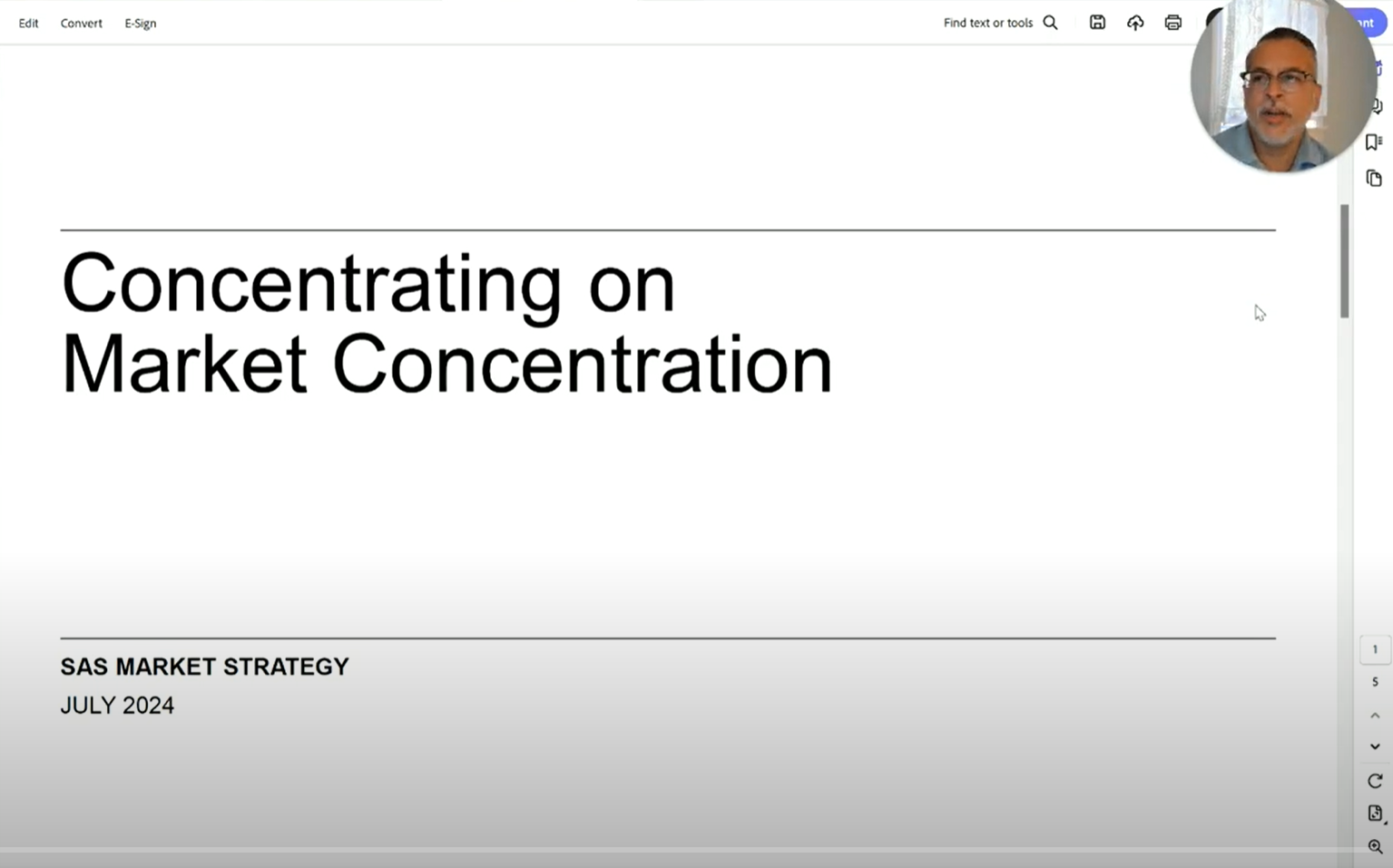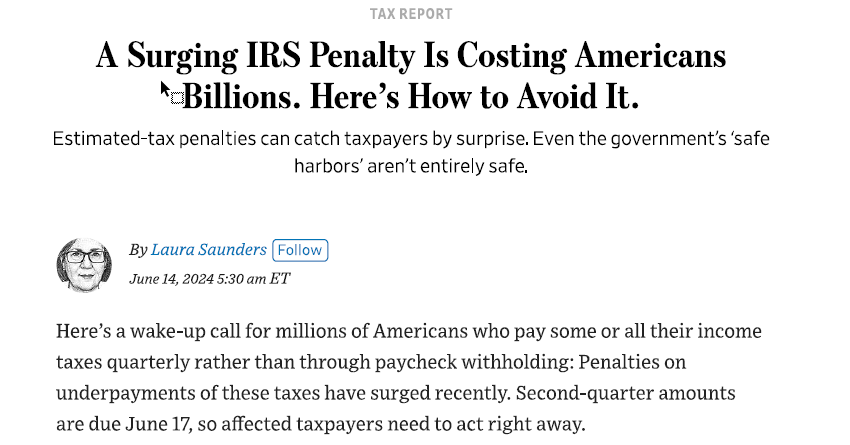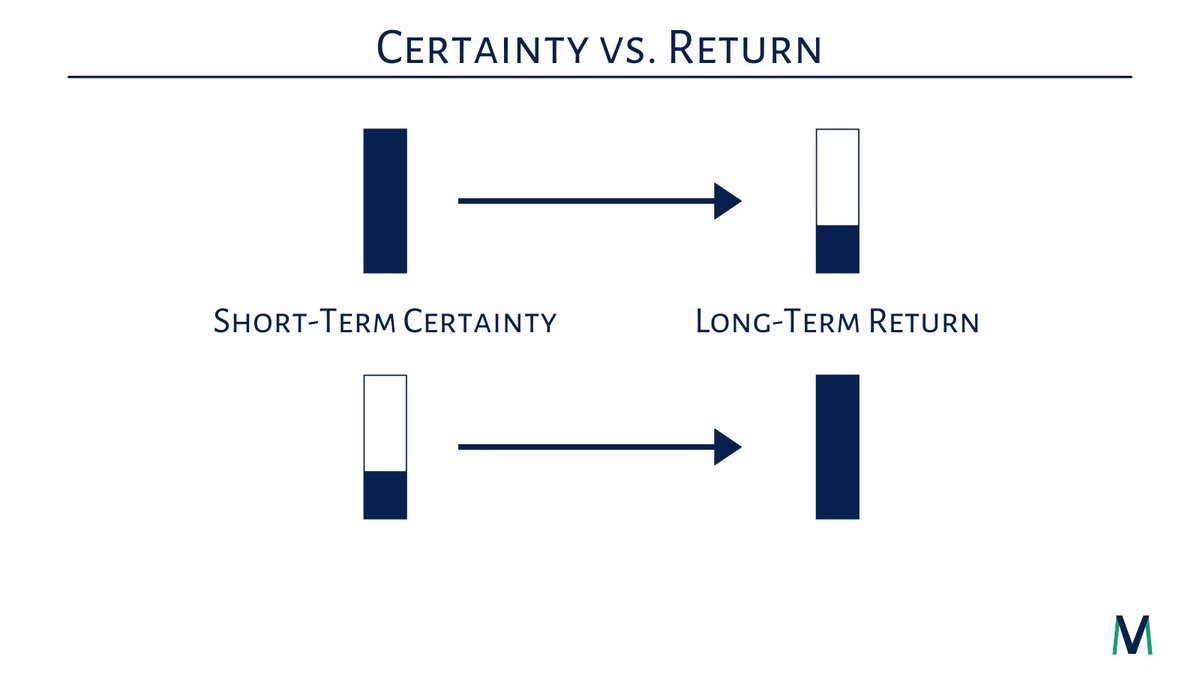For the second time in three years, we have the pleasure* of dissecting a new bill that makes major changes to several components of the tax code. Rest assured, we will be addressing individual planning considerations for all of our clients as we meet and talk throughout 2020. For now, we wanted to summarize some of the components to this bill that are noteworthy.
As the name suggests, the Setting Every Community Up for Retirement Enhancement Act of 2019 (or SECURE Act) is primarily focused on provisions in the tax code relating to retirement planning. You may recall we wrote a blog about this bill a few months back. After initially failing in the Senate, the House attached the bill to the year-end spending bill.
*Yes, I realize I’m the only one who gets pleasure out of researching the bill.
How It Might Help You:
- Increase the Age for Required Minimum Distributions to age 72 – for those who are not yet 72, RMDs will begin at age 72 rather than 70.5. Qualified Charitable Distributions (QCDs) continue to have a 70.5 start age.
- Removes IRA contribution restriction after age 70.5 – workers of any age can now contribute to an IRA as long as they have earned income.
- Penalty free IRA withdrawals for birth or adoption of child – if you’re married, each spouse can withdraw $5k from his/her own IRA penalty-free. However, ordinary income taxes will still be due on the gains. On the bright-side, you can reimburse your retirement account at a later date.
- 529 Plan distributions for student loan payments – lifetime maximum withdrawal of $10k to pay student loans from a 529 Plan.
- 401ks for Part-Time Employees – this may be a negative for business owners, but the eligibility rules have relaxed. Starting in 2021, part-time employees who have worked at least 500 hours for three consecutive years will be eligible.
- Small Business Retirement Plans and Multiple Employer Plans (MEPs) – MEPs are retirement plans that pool together multiple businesses into one plan. This should (in theory) drive down costs and give employers the ability to band together to create very appealing, low-cost, 401k plans with all the frills. We expect the interpretation around this provision to develop, but our hope is that this could be a major boon for small businesses (especially those where the cost to set-up a formal 401k plan was previously prohibitive). On that topic, this bill increases tax credits available for an employer to establish a plan.
- Updating Life Expectancy Tables for Required Distributions (RMD) – the IRS is changing the RMD life expectancy tables, accounting for longer life expectancy and generally reducing RMD amounts.
How It Might Hurt You:
- Elimination of the Stretch IRA Strategy – this has been a highly publicized critique of the SECURE Act, so I’ll go into more detail here. Previously, if a non-spouse beneficiary inherited a retirement plan, they could stretch distributions over their life expectancy and continue to defer taxes on the majority of the account balance. This strategy made IRAs (especially Roths) a very appealing legacy planning tool.
The SECURE Act mandates that an inherited IRA or Roth must be fully distributed within 10 years of the decedent’s passing.
Several things to note:
-
- This rule does not apply to a spouse inheritor
- Existing Stretch IRAs are grandfathered-into the old rules
We expect this rule to have several major planning implications – if your retirement plan has a trust listed as a beneficiary we’ll need to revisit and evaluate that decision (balance and weigh tax implications vs. beneficiary protection). Also, it seems that Roth conversions will become even more compelling.
The… We’ll See…:
- Annuities in Retirement Plans (specifically 401ks) – there are certain situations where annuities make a lot of sense. So, in theory, it’s great that plan participants will be able to purchase income streams for life with their savings. Having said that, the annuity industry has a bad reputation for abusive sales practices and the 403b space is a great example of this.
Shout out to @CPAPlanner on Twitter who accurately sums up the key question:
“question is this… Did we just free-up plan fiduciaries to adopt lifetime income options that could benefit certain plan participants? Or did we open Pandora’s box for insurance companies? Or both?”
I guess we’ll see…













